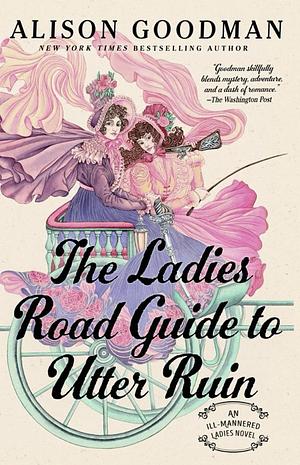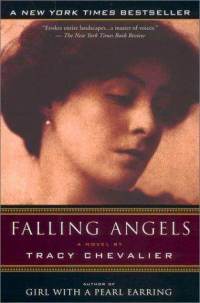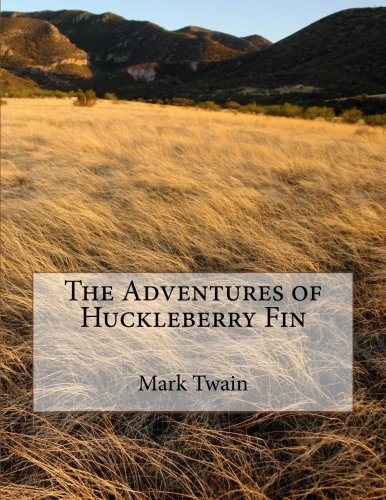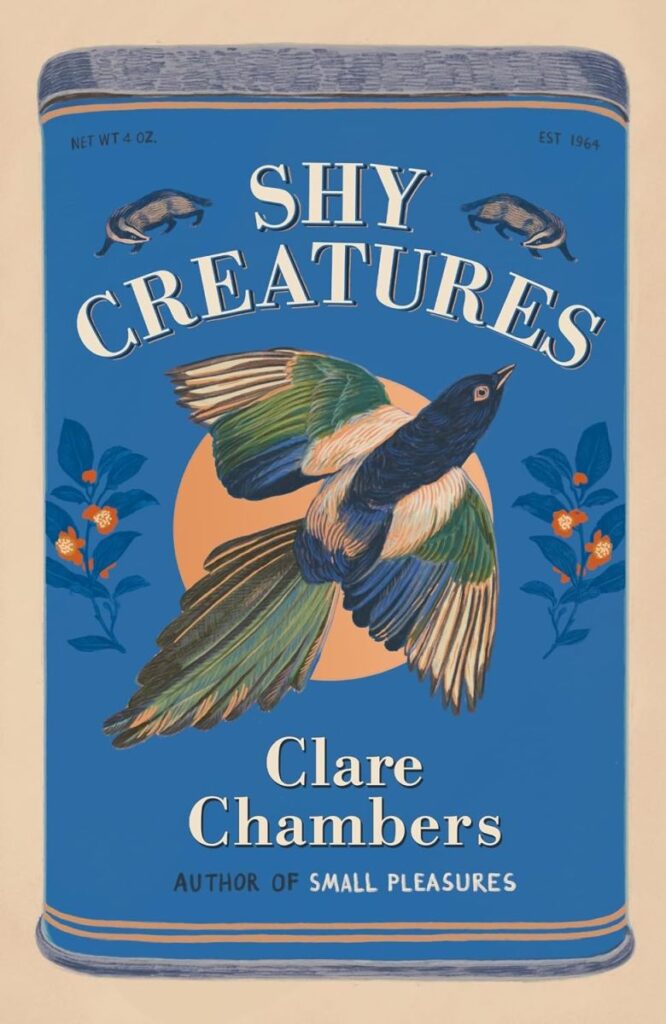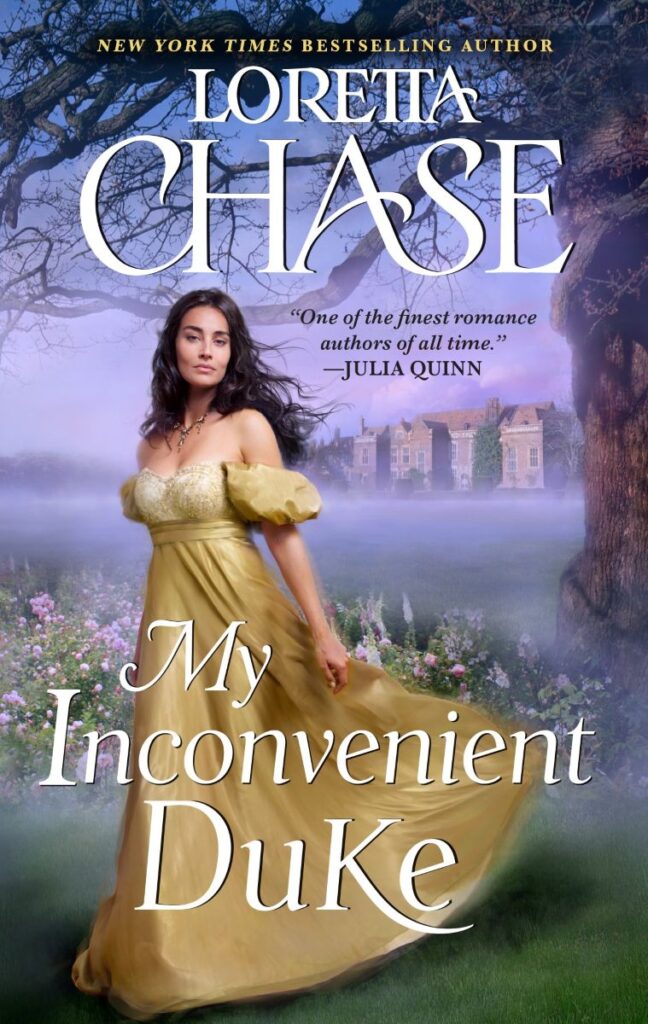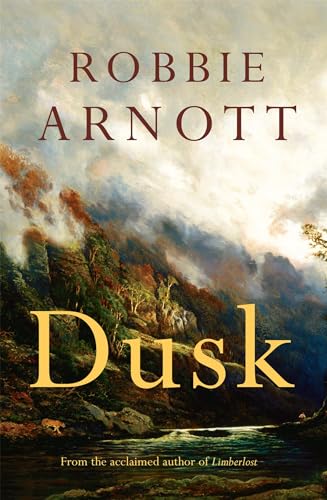Miss A got this from Dymocks as an advanced reader copy. It languished on my pile until a friend read it, and then I finally dug it out. I have read the first one, and I think it is better if you read the first one before this one.
Here’s the blurb …
To most of Regency high society, forty-two-year-old Lady Augusta Colebrook, or Gus, and her twin sister, Julia, are just unmarried ladies of a certain age—hardly worth a second glance. But the Colebrook twins are far from useless old maids. They are secretly protecting women and children ignored by society and the law.
When Lord Evan—a charming escaped convict who has won Gus’s heart—needs to hide his sister and her lover from their vindictive brother, Gus and Julia take the two women into their home. They know what it is like to have a powerful and overbearing brother. But Lord Evan’s complicated past puts them all in danger. Gus knows they must clear his name of murder if he is to survive the thieftakers who hunt him. But it is no easy task—the fatal duel was twenty years ago and a key witness is nowhere to be found.
In a deadly cat-and-mouse game, Gus, Julia, and Lord Evan must dodge their pursuers and investigate Lord Evan’s past. They will be thrust into the ugly underworld of Georgian gentlemen’s clubs, spies, and ruthless bounty hunters, not to mention the everyday threat of narrow-minded brothers. Will the truth be found in time, or will the dangerous secrets from the past destroy family bonds and rip new love and lives apart?
These novels are adventurous romps. They’re full of period detail, but the heroines and heroes have modern sensibilities (at least as to how they view women). The villains are despicable and evil, and then there are the men (and women) who have extremely conservative views (Lord Duffy for instance).
There is an occasional reference to Austen – one of the characters is reading Sense and Sensibility and another character is given the false name of Miss Dashwood.
He glared at me. “I do not take my leave of you, Augusta. You will not receive my courtesy until you behave in the manner of a gentle woman and a sister.”
Very Lady Catherine De Burgh.
These are lots of fun and the end sets up the next one.
A review.

